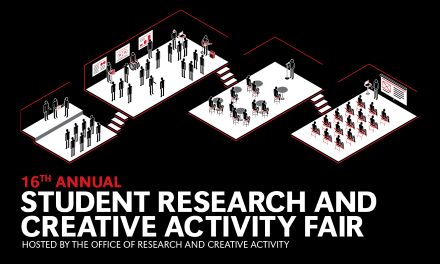Analysis of Functional Clinical test after training with a robotic assistive device
Presenter Type
UNO Undergraduate Student
Major/Field of Study
Biomechanics
Advisor Information
Associate Professor
Location
CEC RM #201/205/209
Presentation Type
Poster
Poster Size
48*36
Start Date
22-3-2024 1:00 PM
End Date
22-3-2024 2:15 PM
Abstract
Neurological illnesses such as stroke and multiple sclerosis can affect people's ability to perform daily life tasks [1]. Patients with neurological illnesses can improve their mobility through proper exercise and rehibition [2]. Task-oriented aerobic exercise may increase functional mobility for patients with different neurological illnesses [3]. A robotic assistant device can be used to improve exercise effectiveness by reducing physical requirements [4]–[5]. The purpose of this study was to analyze the results of a robotic device’s assistance in a patient’s arm movement. Our group previously conducted a study where sixteen older adults (50–75 years) were recruited. They were divided into two groups: group one received robotic assistance, and group two did not receive robotic assistance. Robotic assistance was delivered using a custom device that allowed for assistance within the electromechanical delay. Every participant conducts a total of 400 arm extensions as fast as possible. Most arm extensions lasted approximately 1 second. In a previous experiment, we found that rapid robotic assistance increases muscle activation. In the present abstract, we analyze the effects of rapid robotic assistance on a functional test that involves repeated tapping on a target. We calculated the kinematics of the arm and also calculated specific peak angles and velocity metrics.
Analysis of Functional Clinical test after training with a robotic assistive device
CEC RM #201/205/209
Neurological illnesses such as stroke and multiple sclerosis can affect people's ability to perform daily life tasks [1]. Patients with neurological illnesses can improve their mobility through proper exercise and rehibition [2]. Task-oriented aerobic exercise may increase functional mobility for patients with different neurological illnesses [3]. A robotic assistant device can be used to improve exercise effectiveness by reducing physical requirements [4]–[5]. The purpose of this study was to analyze the results of a robotic device’s assistance in a patient’s arm movement. Our group previously conducted a study where sixteen older adults (50–75 years) were recruited. They were divided into two groups: group one received robotic assistance, and group two did not receive robotic assistance. Robotic assistance was delivered using a custom device that allowed for assistance within the electromechanical delay. Every participant conducts a total of 400 arm extensions as fast as possible. Most arm extensions lasted approximately 1 second. In a previous experiment, we found that rapid robotic assistance increases muscle activation. In the present abstract, we analyze the effects of rapid robotic assistance on a functional test that involves repeated tapping on a target. We calculated the kinematics of the arm and also calculated specific peak angles and velocity metrics.

